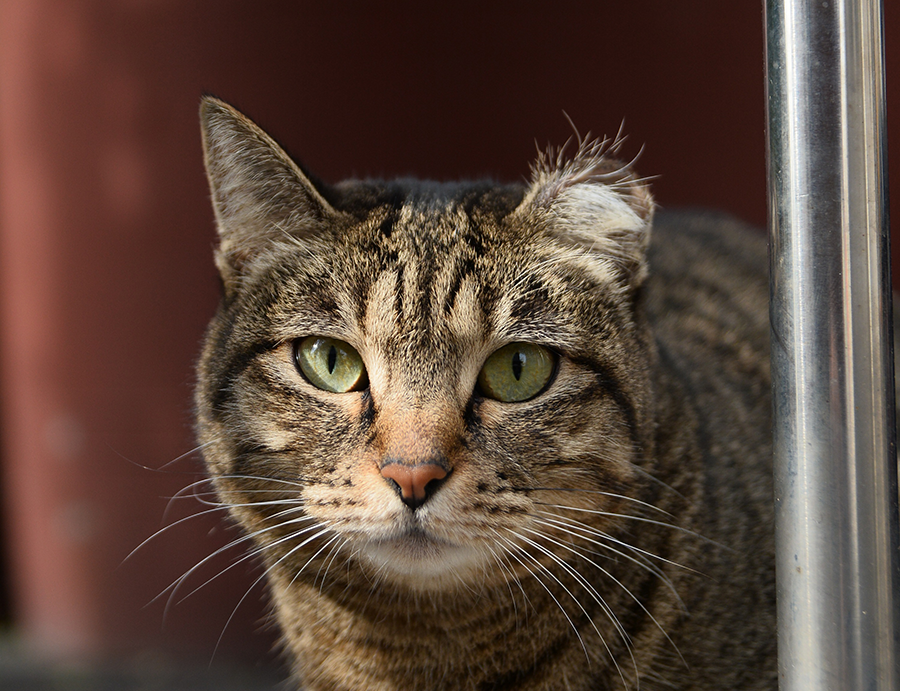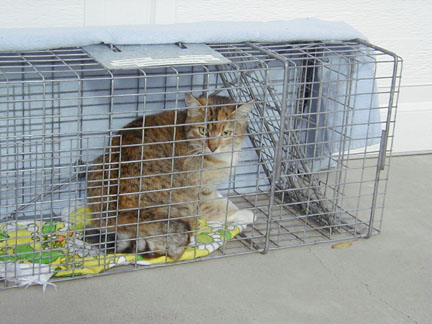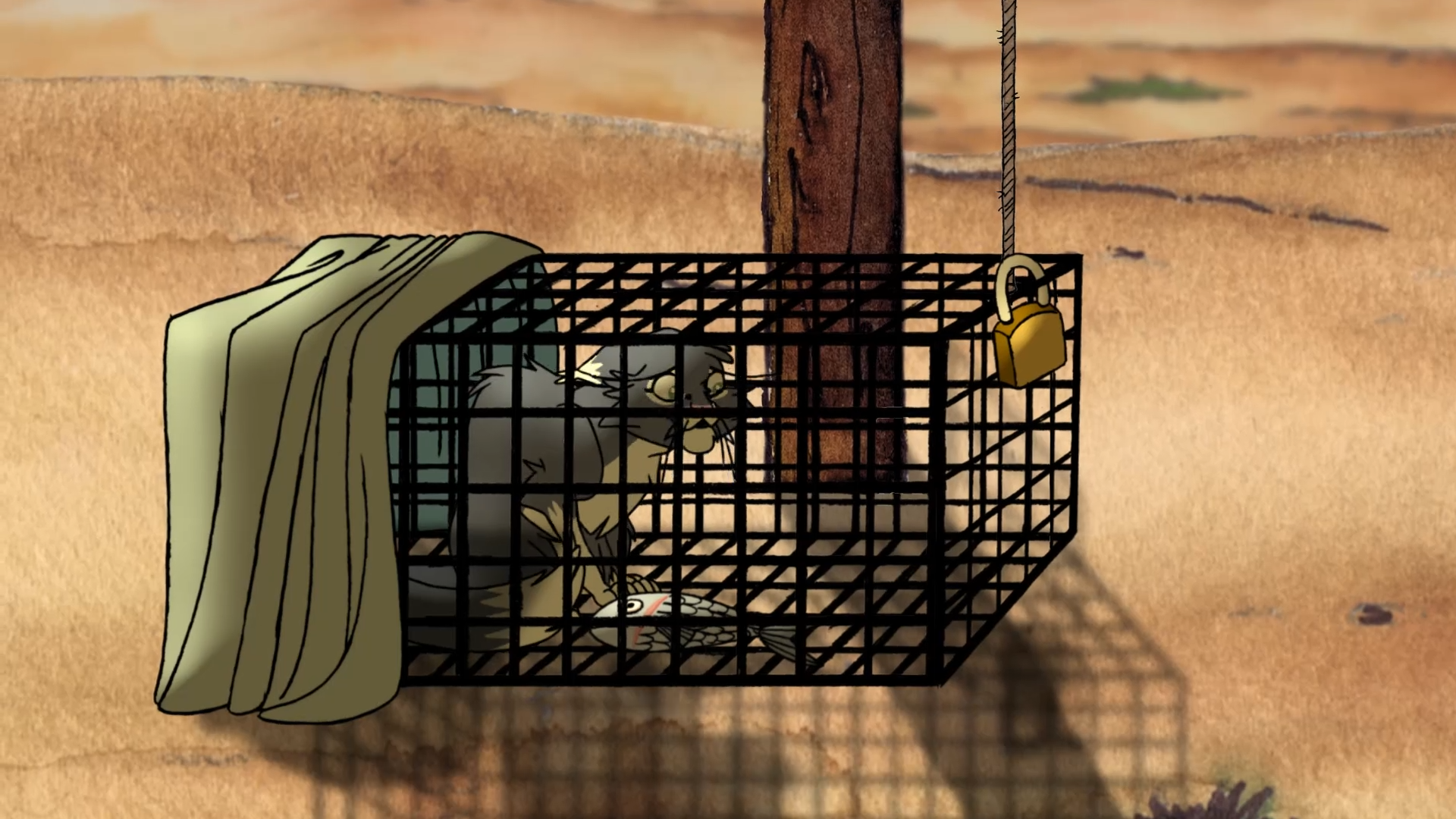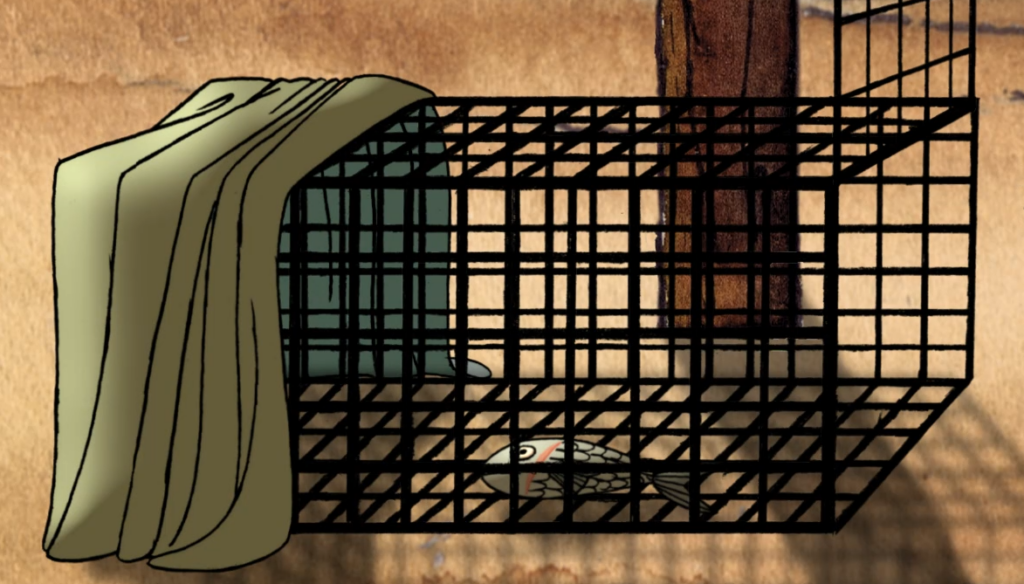Perhaps you’ve seen them around your neighbourhood: cats with a notch in their ear or cats with a missing little piece of their ear.
No, it isn’t a new fashionable trend among cats, nor is there a psycho in your neighbourhood: that is a universal marking globally used by animal protection groups to show that a cat has gone through the TNR protocol (Trap – Neuter – Return).
This protocol, which has been around since 1970s as an ethical strategy for managing stray cat populations, is nowadays backed up by veterinarians and animal welfare associations. It is currently considered the most humane and effective way to control the number of stray cats and reduce their impact on the environment.
Fair is to mention that not all cats that have been neutered through this protocol get an ear notch. Some cats in your area might have already been neutered without a visible mark: it depends on various factors, often related to the conditions of the colony and of the cats themselves.

Feral Cat With a Tipped Ear
In the TNR protocol stray or feral cats:
- Are trapped using special, non-harmful traps that allow for easy release afterward.
- Once captured, cats are taken to the vet where they’re neutered and they’re given a full health check: vaccination, deworming, wound healing and tests for any diseases or issues they might have.
- After the surgery, cats are marked with a small notch in their ear, a microchip or any other identification method used by the animal association at charge to indicate that the cats have been sterilized and to distinguish them from others that haven’t. Additionally, this mark is a good way to let other people know that these cats are under care and control of the association and that they’ve already been neutered.
- Finally, when they’re fully recovered, they’re released back where they were originally caught.

Even though some people still aren’t on board with this system, the TNR protocol is currently an effective strategy for reducing the growth of stray cat populations in the long run. Neutering cats prevents uncontrolled breeding, which could lead to the spread of diseases among the colony. Moreover, many people consider the overpopulation of cats a risk due to the impact they have on urban wildlife.
But this not only has an impact on cats; this protocol is a way to integrate cats into the community: it shows the responsibility we have towards animals around us and the importance of taking care of them ethically.


The latest from Valhalla Cats and things I found interesting this week:
- Do you know the first Hollywood actor cat? Orangey had a prolific career in film and television in the 1950s and early 1960s and was the only cat to win two PATSY Awards (Picture Animal Top Star of the Year, an animal actor’s version of an Oscar)
- I wanna get a purrito so bad but can’t make a choice!! Look at how they are wrapped!
Thank you for your time. I hope you enjoyed the read.
Have a wonderful day,
Jose
